Our robot is supplied trough our own "supply block", which is converting 3 phase AC (without neutral) into DC current and powering a 2 smaller devices directly between 2 pairs of phases.

simulate this circuit – Schematic created using CircuitLab
Phase to phase voltage is 380V nominal
I was tasked to measure power (active, reactive and apparent) for this whole system.
The issue is that we don't have an appropriate "watt-meter" to compute those powers, so I will have to do with what I have :
- a fully isolated 2-channel scope + probes (max 600V, cat III 600V between channels, cat III 600V to earth, cat III 600V to any exposed connector)
- one current probe (clamp) with 1000V Cat III isolation, that I can connect to the scope
- 2 multi meters with at least 600V Cat III ratings (not sure they will be of any use)
The rest of our measurement equipment is not rated for working on mains.
So I can measure with the scope simultaneously either 2 voltages, or one voltage and one current. Consumption should be rather reproducible, so I can switch off, unplug, displace the probes and start again.
To complicate things further, as you can see on the schematics, the load is really balanced (even if the unbalanced part are less than 20% of real power, but might be a significant part of reactive power, as the AC/DC claims power factor >0.99).
So how to proceed to get the best possible approximation of power (active, reactive and apparent), given the tools we have?